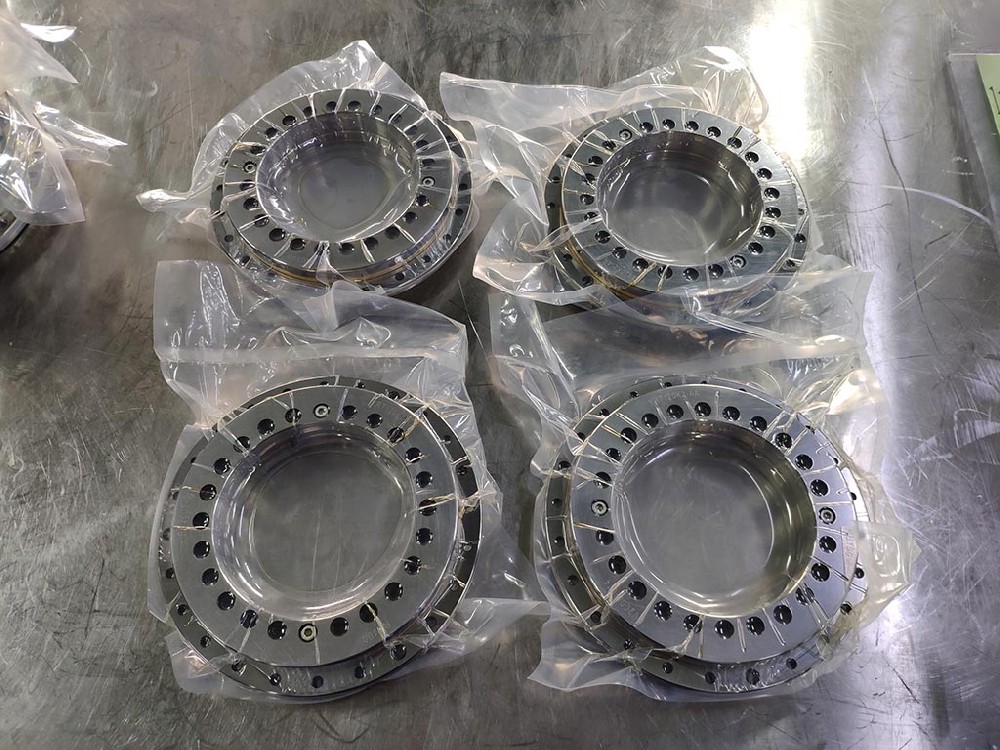The main purpose and representativeness of preload:
⑴ Improve the guiding accuracy of bearings.
⑵ Improve rigidity.
⑶ Reduce vibration and noise during operation.
⑷ Prevent the sliding of rolling elements relative to the inner and outer ring raceways caused by inertia moment.
⑸ Compensate for wear and sinking during operation, and extend the service life.
⑹ Keep the rolling elements and bearing rings in the correct position.
Crankshaft guiding accuracy
The shaft supported by preloaded bearings has higher guiding accuracy because the bending capacity of the shaft under load is limited by preload. Preloaded differential bearings have higher guiding accuracy and higher rigidity, which means that accurate and constant meshing can be maintained, and the additional dynamic force is very small. Therefore, the operating noise is low and the meshing gear has a longer life. Bearing stiffness The stiffness of the bearing is defined as the ratio of the force acting on the bearing to the elastic deformation of the bearing. Within a certain load range, the elastic deformation of the preloaded bearing is smaller than that of the non-preloaded bearing.
Low-noise operation
The smaller the bearing running clearance, the better the guiding of the rolling elements in the load-free zone, and the lower the noise of the bearing during operation. Compensation for wear and subsidence During operation, the wear and subsidence of the bearings increase the clearance, but this can be compensated by preload.
Longer service life
In some cases, bearings are arranged in pairs and preloaded to improve operating reliability and extend service life. Because the appropriate amount of preload can improve the load distribution of the bearing, it can increase its service life.


